Are you game for this bird?
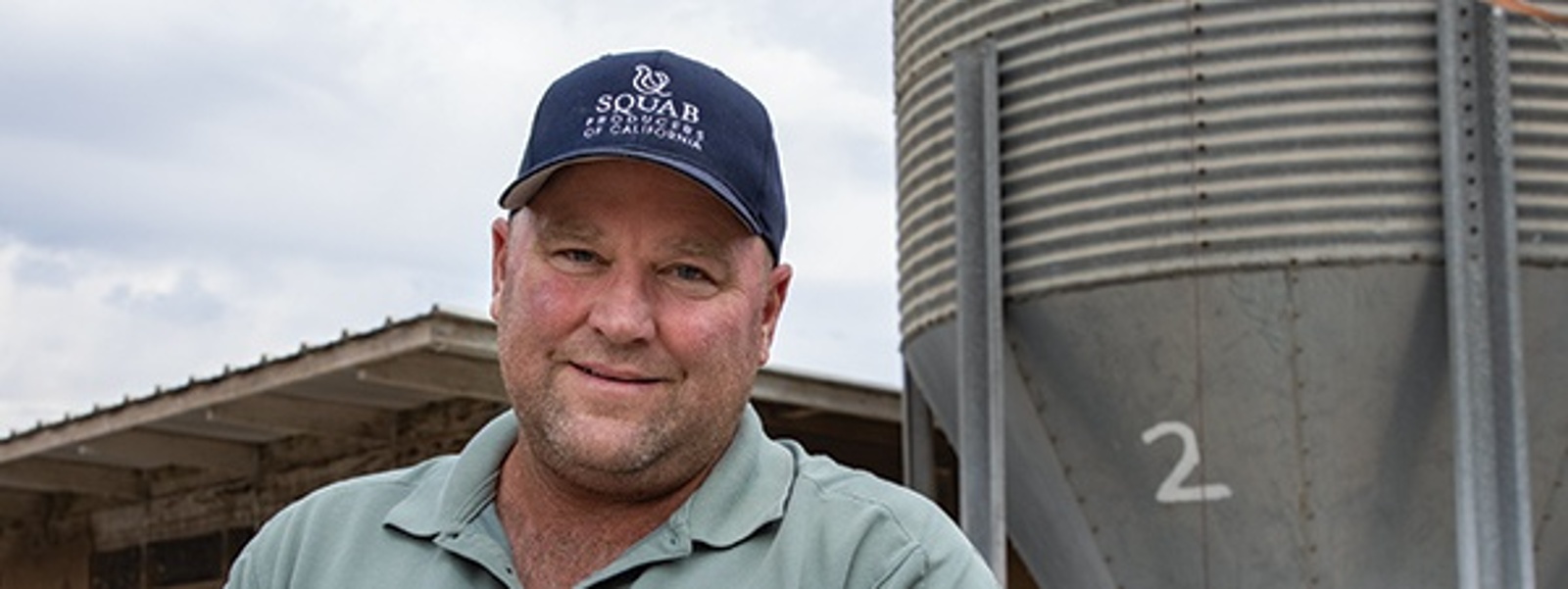
November/December 2022 California Bountiful magazine
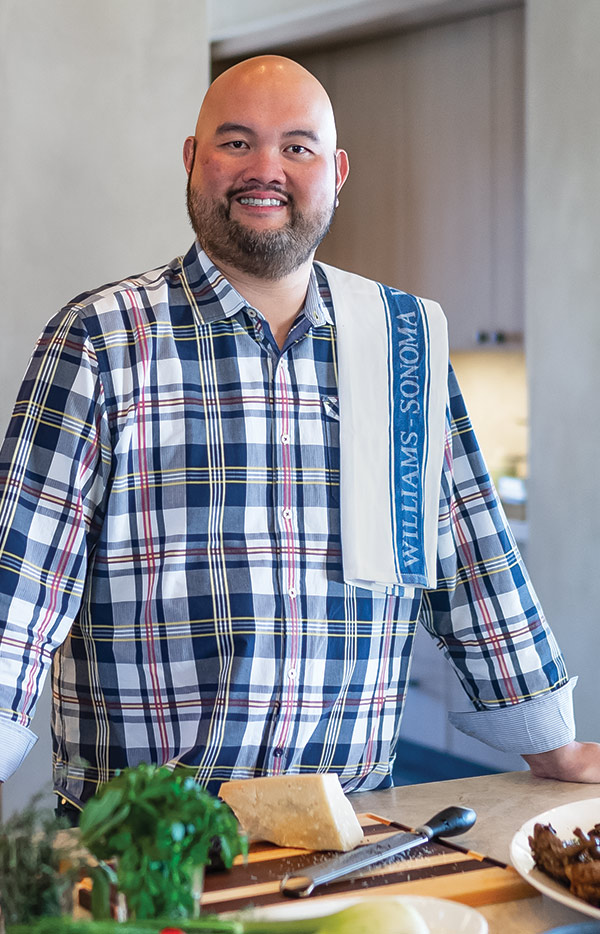
Photo: © 2022 Forrest Cavale
Squab has high-flying reputation
Story by Kevin Hecteman
Chef photos by Forrest Cavale
Farm photos by Lori Eanes
Ever start your morning with squaffles?
Josh Taylor has. He’s a fan of chicken and waffles for breakfast. He also works for Squab Producers of California, a Central Valley farmers cooperative dedicated to raising the titular game bird. So, his employer came up with a breakfast recipe that swaps out chicken for squab, which the co-op has been raising in California since 1943.
“It really is a bird for all seasons,” says Taylor, the co-op’s business development director. “Historically, it’s been thought of as more from Thanksgiving through Easter, but really, it can be used in anything from a summer salad to maybe even a breakfast item.”
Why squab? For one thing, it’s all dark meat. “The reason for that is because of the high concentrations of myoglobin,” the oxygen-storing protein normally found only in legs of poultry, Taylor says. It’s also tender, since most of the fat renders off in cooking, he adds.
“What that does is it helps to maintain moisture in the birds, but yet reduces the fat content,” Taylor says.
Chef John Surla, who has restaurants in Modesto and Ripon, has been cooking with squab since 1998, about the same time he got into cooking. He remembers being told early in his career that squab had the texture of filet mignon.
“When I cooked it for the first time on wild mushroom risotto, we took the breasts, we seared them and then we cut them,” Surla says. “We cut it just like a piece of filet mignon. Tasted delicious.”
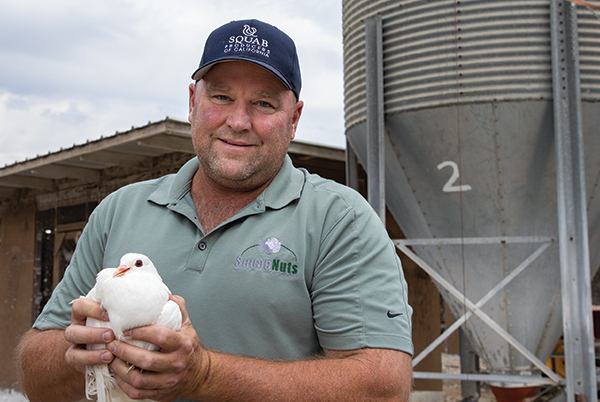
The word on the bird
Tim Beck is one of the 65 farmers who make up Squab Producers of California and serves as board chairman. He has raised squab in Hughson since around 1987.
“I’m raising breeding stock,” Beck says, describing the nesting pairs that incubate the eggs and feed the chicks.
The squab co-op has thorough record-keeping and quality standards farmers must track, such as medical records and breeding-pair production—and as with most everything else in 21st-century life, there’s an app for that.
“We actually have a computer app and program that we developed,” Beck says. “Everything’s kept on barcode scanning. All of our records (are) basically instantly put on the computer.”
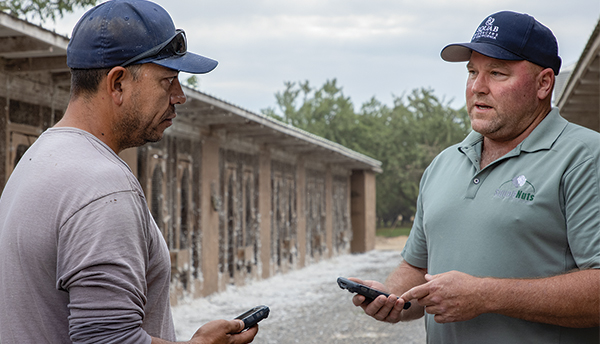
Squabs mate for life and they maintain two nests in a box—which becomes a full house in a hurry.
“They always lay two eggs at a time,” Beck says. “They’ll hatch about 18 days later.” About two weeks after that, he adds, “they’ll lay another set of eggs on the other nest.” When the young birds are about a month old, it’s eviction time.
“In nature,” Beck says, “mom and dad would be kicking them out of the tree or the nest, and that’s when we take them.”
From there, the birds go to a modern processing facility. One major difference between squab and other birds, Taylor says, is that squab are chilled using air instead of water—at 34 to 36 degrees for two hours and 20 minutes—which leads to a noticeable difference at the dinner table. Air chilling “takes a little longer, but it prevents our poultry, our squab, from absorbing water weight and helps just to elevate its natural flavor and texture,” Taylor says.
Through it all, a high standard of care is observed.
“A big part of our cooperative is we’re real strict on our quality assurance program, our animal welfare program,” Beck says, noting that a class is held every year for co-op members.

Homeward bound
Until recently, squab was most commonly encountered at restaurants. Then 2020 happened.
“With COVID, we’ve begun to pivot more into grocers and markets,” mainly independent grocers and meat markets, Taylor says.
Beck describes the early months of the pandemic as a “scary” time for himself and his fellow squab farmers.
“We were meeting at the time on a weekly basis and trying to figure out how to sell these birds that used to go to the restaurants,” Beck says. He worked to become more efficient; if anything, he says, his farm is in better shape than it was before the pandemic—and he now has a good problem on his hands.
“We went from the best month we ever had to the worst,” Beck says, “and now we’re back to where we can’t supply the demand again, which is a nice spot to be.”
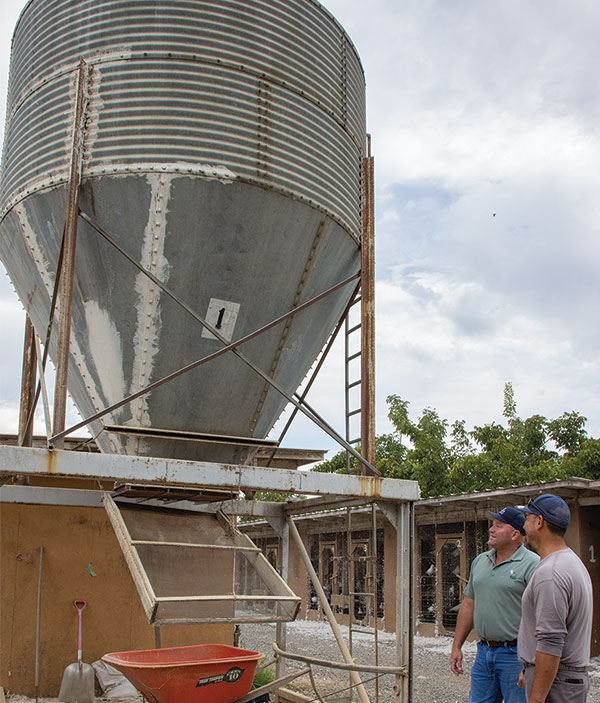
In the kitchen
Surla said that at the outset of his career, chefs were cooking squab mostly in a Mediterranean or Italian style—marinating the bird in olive oil and a mixture of herbs before grilling or pan-roasting it. These days, most of his new ideas are seasonal, using what’s coming out of the fields. “I base everything off the farmers,” he says.
Surla’s favorite thing about squab? “You could treat it like beef and cook it medium rare all the time,” he says. “I strongly recommend it with good wine. Pinot noir, cabernet, merlot—any type of red wine pairs really nice.”
Beck says he’s been experimenting with ways to prepare the birds himself; his latest idea is sous vide, which involves sealing the squab in a bag with water and cooking it for an hour. Beck removes the squab from the bag at medium rare and sears it in a skillet. That’s just one of many ways to cook squab, he notes.
“Probably one of the best is to wrap it in bacon and throw it on the barbecue,” Beck says.
Those who have never tried it, Surla says, might be more inclined to do so if the squab has accompaniments.
“What we do at the restaurant, we do a mixed grill,” the chef says. “We’ll put some beef brochette and some shrimp and some squab. We call it ‘Land, Sea and Air.’”
Those who take the plunge, Surla says, find themselves glad they did.
“If it’s marinated and cooked right, and served with a good sauce, oh, man—the customers love it,” he says. “They think they’re eating beef, but they’re not.”

